The best Location Tracker App for Parents in 2024.
Location tracking has grown to be of interest in the current days where parents are ever busy in various economic activities. Unlike in the past days, parents are today spending most of their time at work or in their businesses. This way, they normally return home late in the evening or even at night making it hard for them to manage their kids’ movement and phone use. Sometimes, we get worried because we can’t tell the exact locations of our children when we are not with them. Thanks to the FamiSafe parental control app and other software used in tracking the GPS location of our children. The app came at the right time when everyone including toddlers is advancing to the use of smartphones. Whether you are using an iPhone or an Android app, you can download it for free. Although there are other parental control apps and software used to locate a kid’s location, none is as effective as the FamiSafe parental control application. The app is easy to download and install, affordable and has a user-friendly dashboard. What Features make it Outstanding? The uniqueness of any item depends solely on its features. An outstanding product, phone app, or software comes with many useful features. FamiSafe isn’t an exception to this criterion. It has amazing features that have made users view it as the best of all parental control and cell tracking apps. Live Location Feature. Any time you open the FamiSafe phone tracker app, its homepage shows you the location of your kid’s phone. It doesn’t require you to take several steps to see your kids’ location. This app offers a live location because it continually updates changes in geographical position. Once you install the application and launch it on, you will always track the location of your kid’s phone. As parents, we presume that children walk with their phones. This means that you can track a cell phone and get the location of your children with less hassle. If you also want to get notified when your child walks out of your home compound, it’s easy! FamiSafe parental control app and phone locator allow you to create a safe area on the app – Geofence. This app will always notify you of any movement out of your “safe area”. So, if you set your home as a safe area, you will always know when kids walk away from home. Again, kids can decide to go to various places when they are not around. Wondershare’s FamiSafe reports all the locations visited by the kids. The location history feature helps parents to find items such as toys that children often misplace. App Blocking. Some apps are more addictive to kids, especially gaming and social apps. If you realize that your child is overusing a certain app, you can block it remotely from your phone. An app cannot be accessed without your knowledge because you can know whenever they try to access blocked apps. This feature is great if you have school-going children who don’t get adequate sleep playing or chatting with friends. Again, if you realize that a certain app is offering illicit content to the youngsters, blocking it is the best option. Screen Time Control. When you have the FamiSafe app on your phone, you can choose when your kids will use the phone. You can schedule when children will use the device or specific apps on it. Amazingly, the screen goes off immediately when the allowed time elapses. This is great because kids will not spend time meant for other responsibilities on screens. You can also use this feature as an enticer for them to do their chores perfectly. For example, you can add 20 minutes of usage time for whoever does their assigned duties perfectly and in time. Downloading and Using FamiSafe App. On your smartphone, download and install it on your phone and the kid’s phone. Launch the application on your phone and sign up using your email and a secret password. Register as a “parent”. Create a PIN to protect app settings. Open the app on your kid’s phone and make the necessary settings. Allow all the permissions needed by this app. Login using the same details you used in the other app but register as a “kid”. Go back to your (parent’s) phone and open FamiSafe. You can check the connected devices(kids’ phones) on the upper right corner of your phone. You can get the FamiSafe App on Amazon Store, Google Play Store, and App Store. FamiSafe Price Plans. Subscription Plan Amount No. of Devices Allowed Monthly $9.99 5 Quarterly $19.99 10 Yearly $59.99 30 Conclusion. Don’t let your children to be at risk of moving to dangerous places when you are not around. Get Wondershare’s FamiSafe app to be sure of their location and phone usage patterns every day. Download it today. It’s free.










